As smoke clears from one of the most devastating conflicts in Gaza’s history, a new chapter begins — one marked by fragile peace, deep uncertainty, and the unmistakable reappearance of Hamas on the streets. While Israel withdraws parts of its forces under the terms of a new ceasefire, the militant group that ruled Gaza for nearly two decades is quietly rebuilding its authority, even as thousands of displaced Palestinians make their way back to shattered neighborhoods.
A Fragile Calm and a Desperate Return
In the wake of months of intense fighting, Gaza now lies in ruins. The ceasefire, mediated through regional and international channels, allows civilians to return to areas from which Israeli troops have begun to pull back. For many families, this return is an act of both survival and mourning — a journey toward homes reduced to rubble, streets buried in dust, and memories burned into the ruins.
Convoys of trucks carrying humanitarian aid have started entering the strip, bringing food, medical supplies, and clean water. Yet, aid officials warn that the situation remains catastrophic: hospitals are operating at minimal capacity, sanitation systems have collapsed, and entire neighborhoods are still without electricity. The United Nations estimates that nearly 80% of Gaza’s population has been displaced during the conflict, with millions now living in temporary shelters or returning to homes that no longer exist.
Despite these hardships, people are coming back — driven by a longing for normalcy, however fragile. “Even if it’s just the foundation, it’s still my home,” said one resident from Khan Younis as he sifted through debris. “We can’t live in tents forever.”
Hamas Steps Back Into View
Amid the slow trickle of civilians returning, Hamas’s internal security forces have begun to reemerge. Uniformed personnel — some wearing insignias of the Hamas-run Interior Ministry — have been spotted directing traffic, guarding intersections, and maintaining order in markets and residential areas.
Their presence marks a striking contrast to the expectations set by the ceasefire’s architects. The truce agreement, heavily brokered by Qatar, Egypt, and the United States, called for Hamas to step back from governance, paving the way for a transitional administration that could prepare Gaza for international oversight and reconstruction.
Instead, what is unfolding on the ground looks like the opposite. Hamas operatives appear to be consolidating control, quietly reestablishing administrative structures that mirror their prewar rule. “They are filling a vacuum,” noted a Gaza resident in Deir al-Balah. “There is no one else to keep order. The police are Hamas, and the people are too afraid or too tired to resist.”
A Political Challenge for the Ceasefire
This reemergence poses a serious dilemma for mediators and governments involved in the truce. While the first phase of the ceasefire centers on humanitarian relief and hostage exchanges, the second phase demands the gradual disarmament of Hamas and the creation of a new governing framework.
The group’s reappearance in Gaza City and other towns threatens to derail that plan before it even begins. Israeli officials have warned that any sign of Hamas rebuilding its authority could jeopardize future cooperation and trigger renewed hostilities. “If Hamas believes it can retake control, it is mistaken,” one senior Israeli military source reportedly said.
Yet, enforcing this condition is far more complex on the ground. No other organized force currently has the capacity to provide security, distribute aid, or manage the return of civilians. International peacekeeping proposals remain on paper, and the Palestinian Authority — long weakened and unpopular in Gaza — has yet to establish a credible administrative presence.
The Humanitarian Landscape
Even as politics take center stage, Gaza’s humanitarian crisis remains overwhelming. Entire families are living amid rubble, salvaging bricks to build makeshift shelters. Food scarcity has driven prices to record highs, and clean water is almost nonexistent in many parts of the strip.
Medical workers describe hospitals as “shells of survival.” Many facilities lack power, medicine, and surgical tools, relying on portable generators and dwindling fuel supplies. The health ministry in Gaza reports a sharp rise in preventable diseases — including respiratory infections, diarrhea, and malnutrition — particularly among children.
International organizations warn that without a clear system of governance and coordination, aid distribution will falter. “We can deliver trucks, but we cannot rebuild an entire civil structure overnight,” said one UN field coordinator. “The question is: who runs Gaza now?”
The Symbolism of Hamas’s Return
For Hamas, the ability to return visibly to Gaza’s streets — even in limited form — carries deep symbolic weight. After months of bombardment, leadership losses, and near-total displacement, simply maintaining a presence serves as a declaration of survival.
Political analysts suggest that Hamas’s move is calculated: by reasserting administrative control, even modestly, the group seeks to prove its endurance both to its supporters and to adversaries. “Hamas understands the optics,” one Middle East observer said. “It wants the world to see that despite the war, it remains the de facto authority inside Gaza.”
However, this move risks alienating the international community just as talks for reconstruction are beginning. Several countries have conditioned future aid and rebuilding funds on guarantees that Hamas will not regain political control of the enclave.
A City Between Power and Ruin
For Gaza’s returning civilians, these geopolitical calculations matter little in their daily struggle. Parents search for missing family members, children wander streets they no longer recognize, and volunteers try to clear debris where schools once stood.
In many neighborhoods, the physical destruction is matched only by emotional exhaustion. People speak of “starting from zero,” with neither government nor armed groups offering clear leadership. “We survived the war,” said a shopkeeper in Rafah. “Now we have to survive the peace.”
What Lies Ahead
The next few weeks will determine whether Gaza moves toward stability or slides back into chaos. The ceasefire’s second phase — involving disarmament, political transition, and reconstruction — will test the will of all sides.
Israel insists that Hamas cannot retain governing authority. Hamas, on the other hand, refuses to dissolve itself completely, arguing that its resistance is what kept Gaza from total collapse. Meanwhile, ordinary Palestinians, battered by years of siege and conflict, find themselves once again trapped between competing powers.
The international community faces a daunting question: how to rebuild Gaza without rebuilding Hamas’s rule. Without a credible interim administration or security force, the danger of renewed violence looms large.
For now, the only certainty is the resilience of the people of Gaza — returning to their homes, sifting through ruins, and clinging to life in a land that has seen too much death.

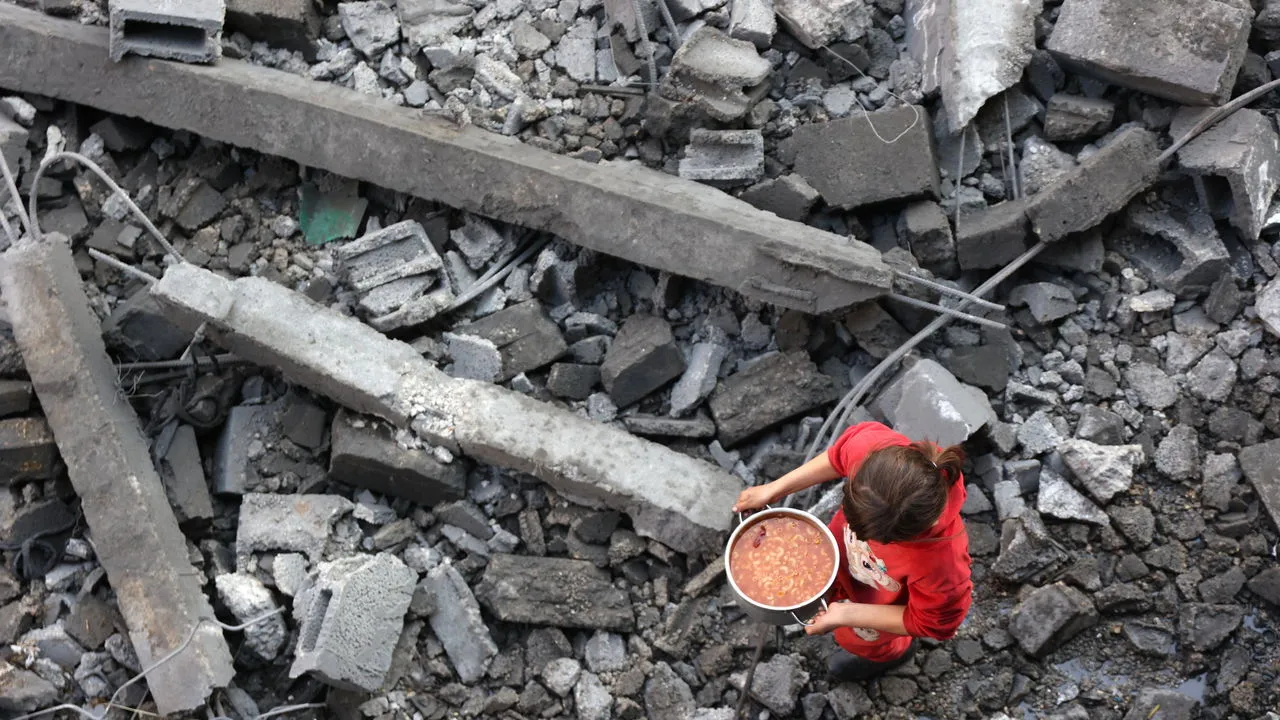

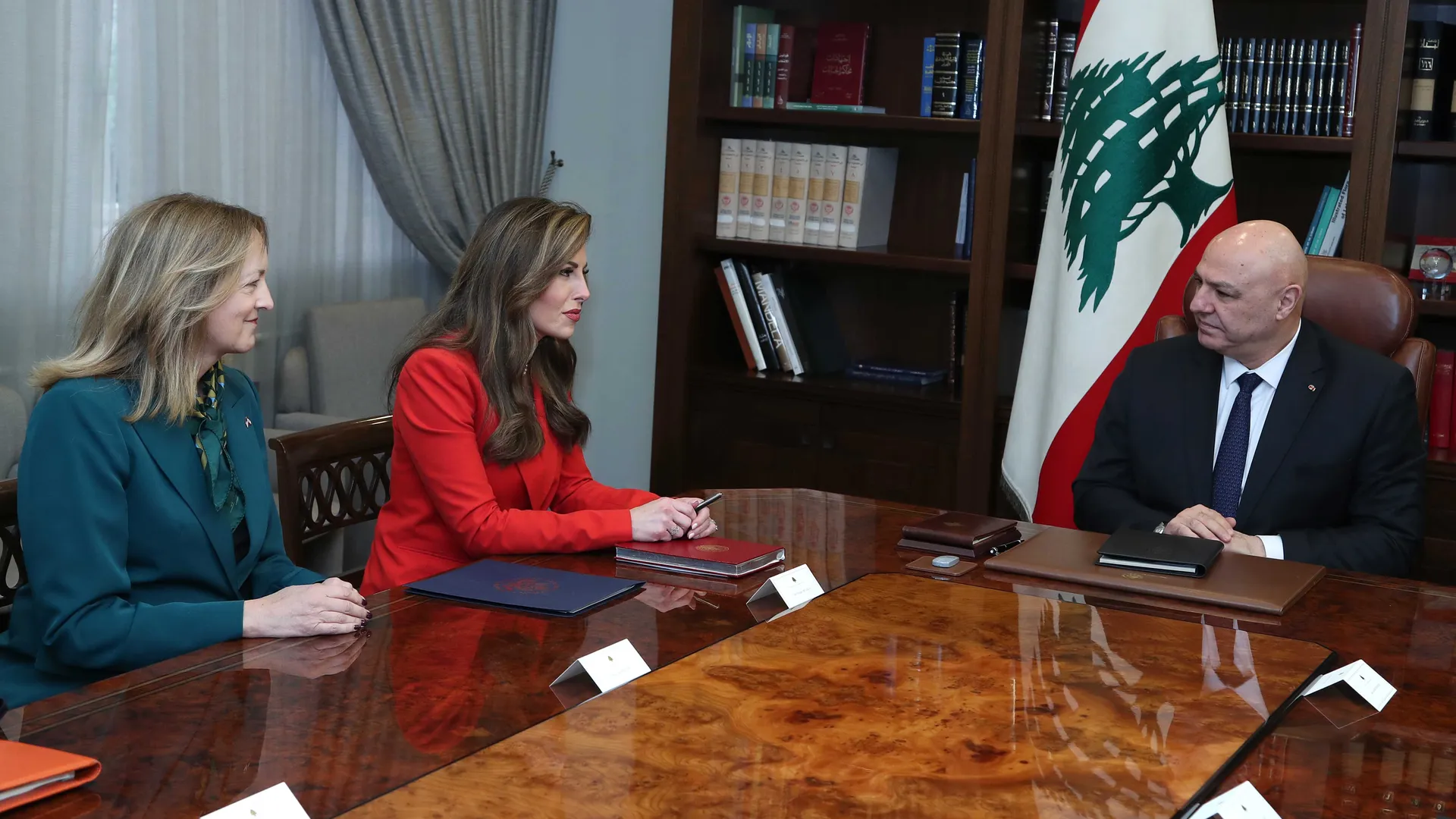

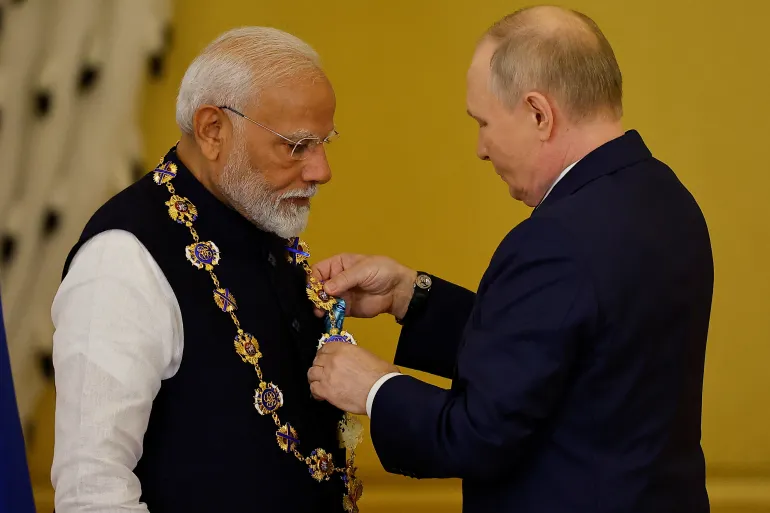
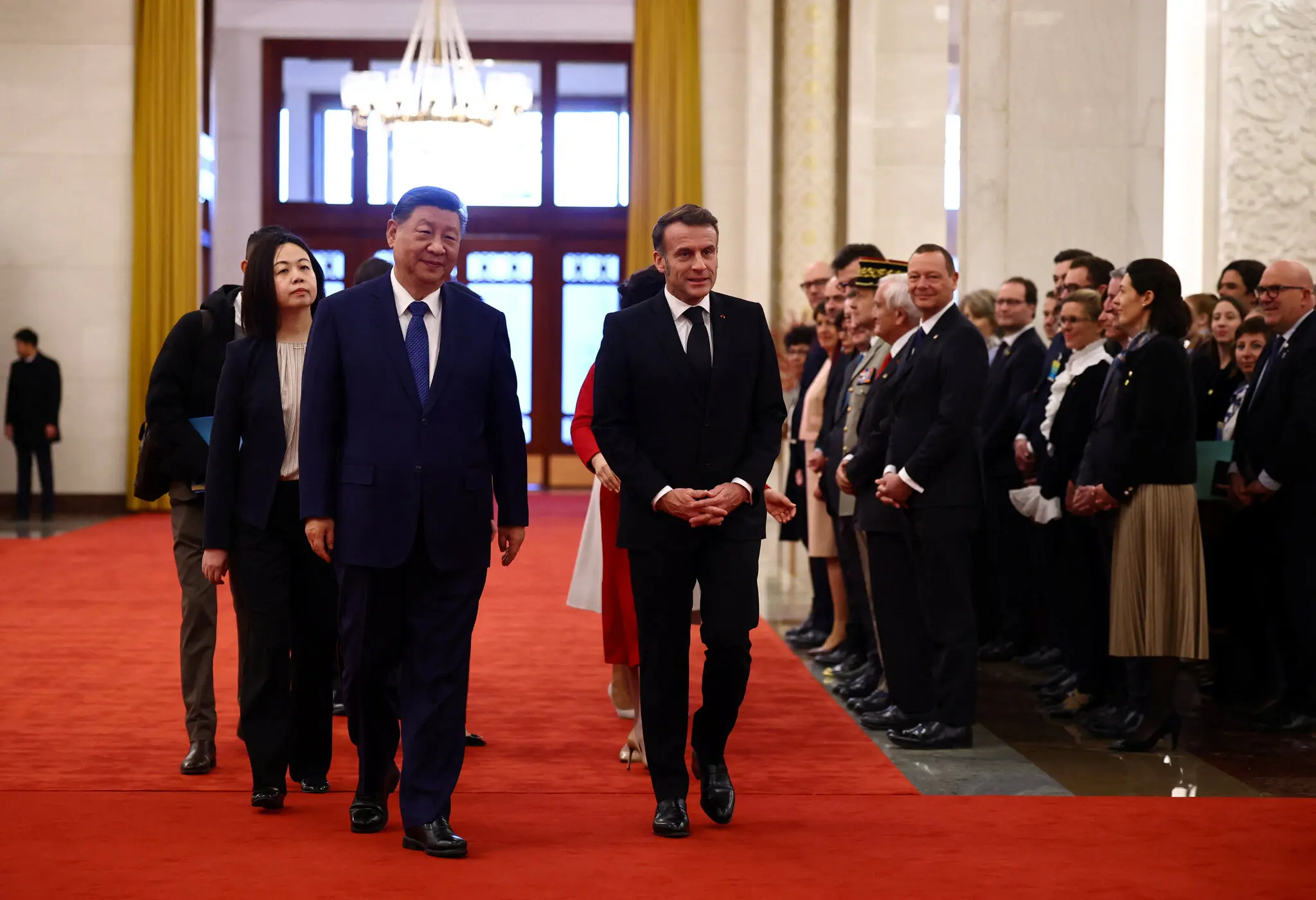
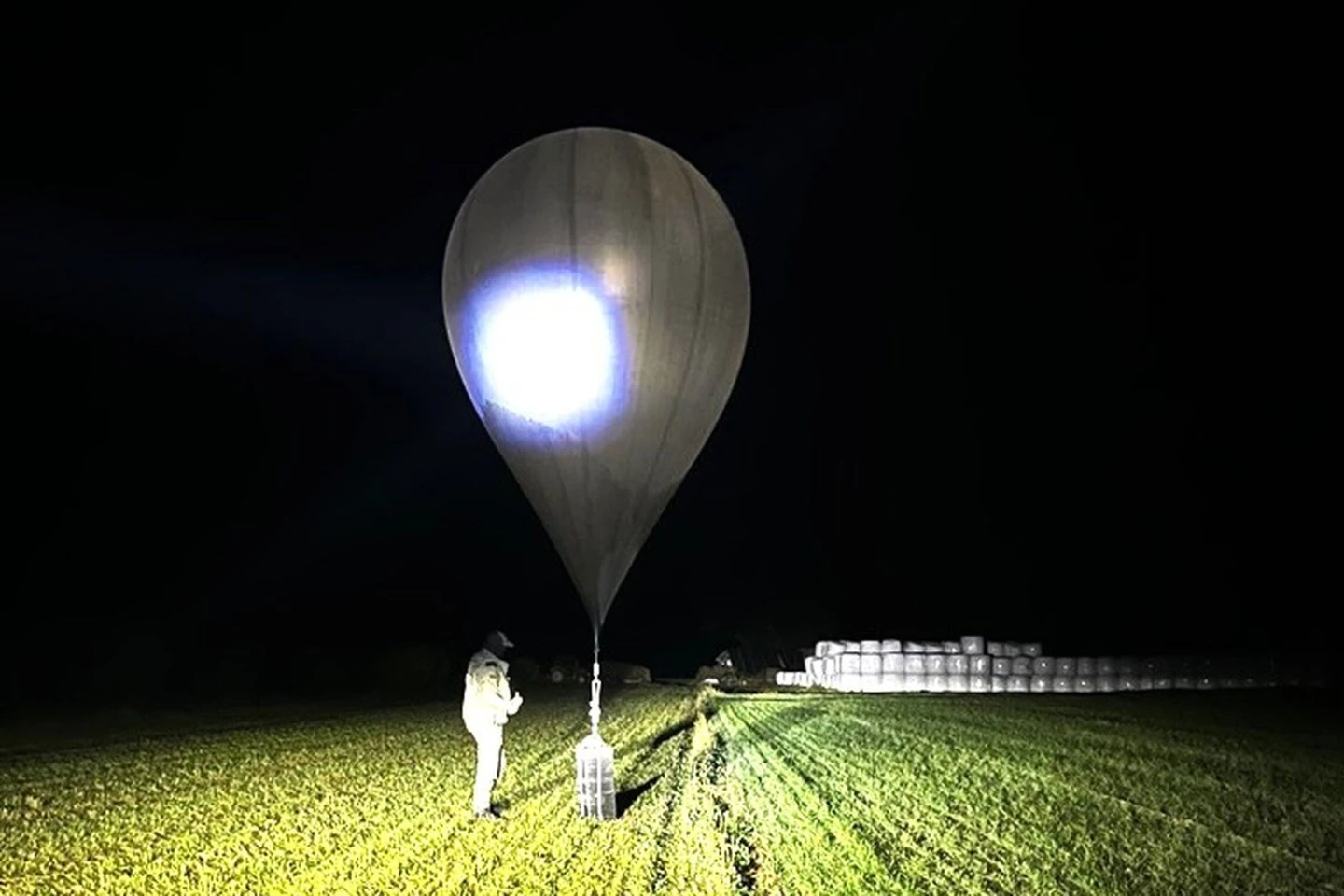
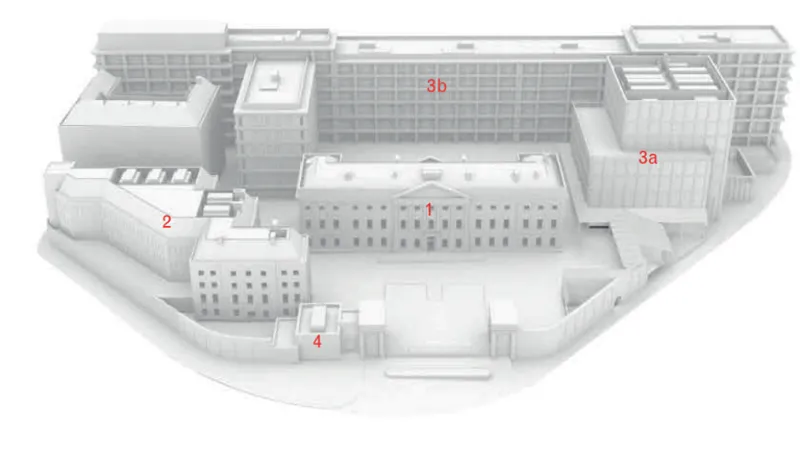

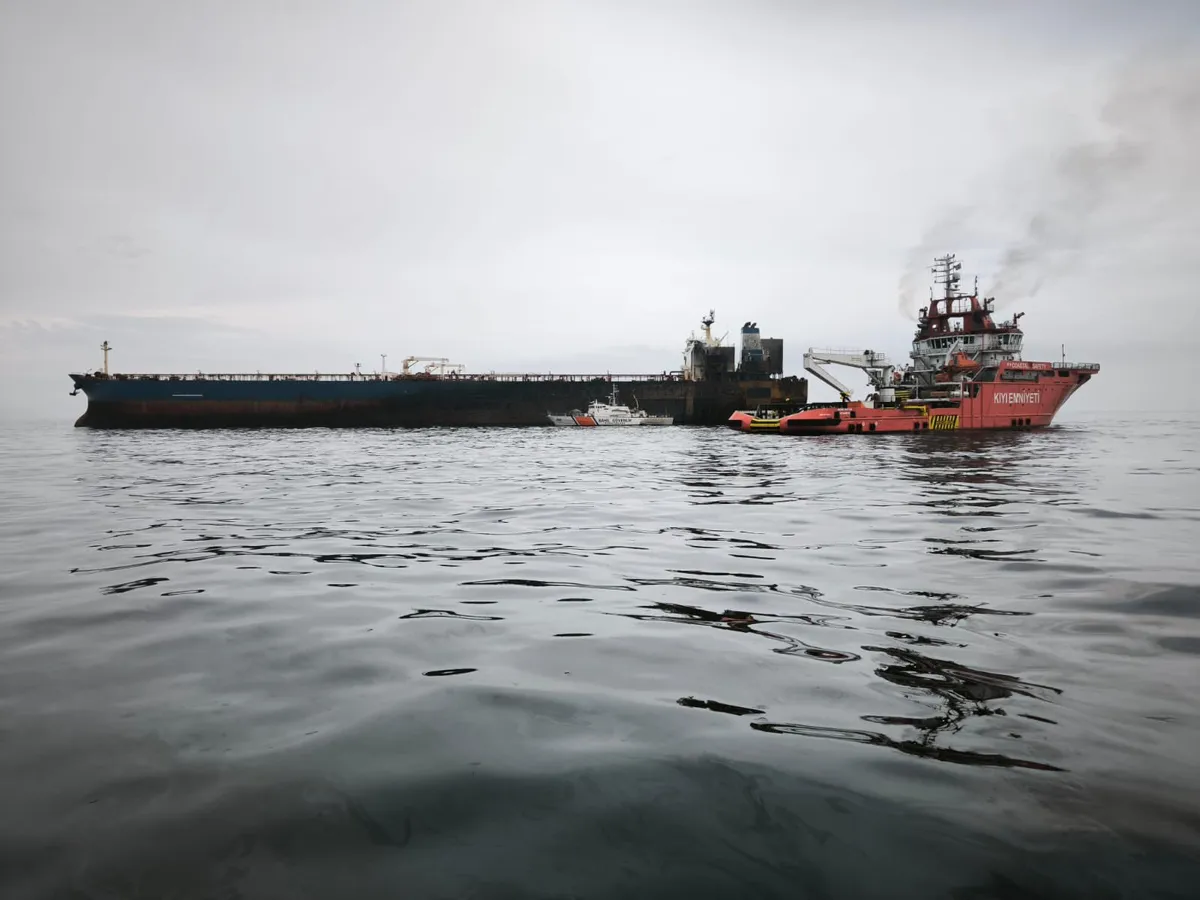
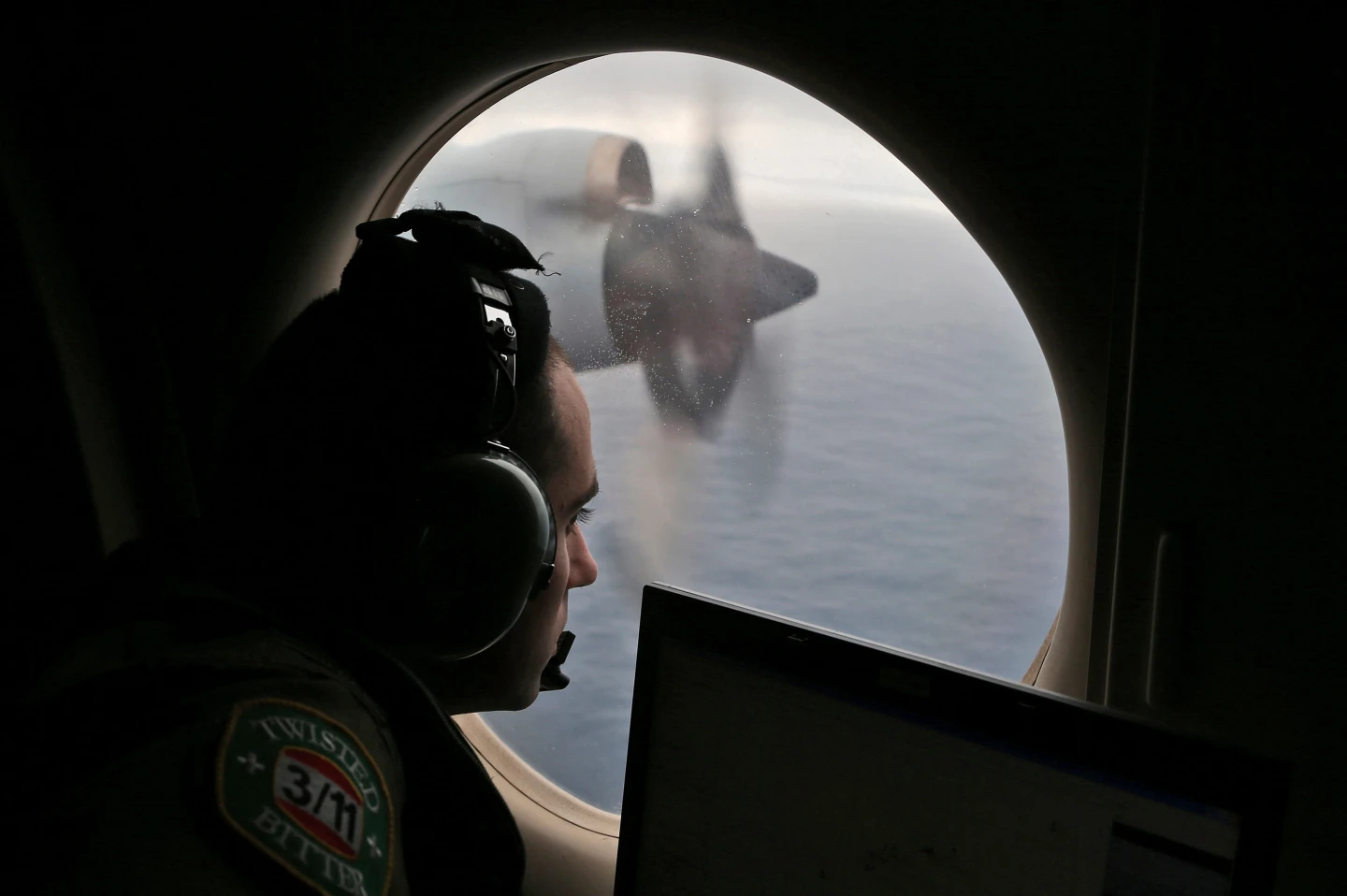




Leave a Reply